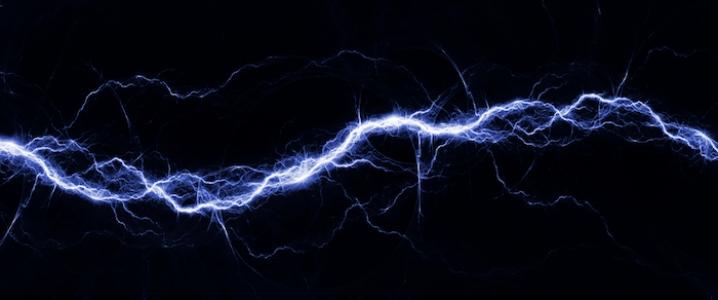The Problem With California's Electric Dream
California’s Governor Gavin Newsom last week announced that the sale of new cars with internal combustion engines would be banned from 2035 in the state administration’s latest effort to reduce its carbon footprint. The move was praised by environmentalists and carmakers alike - the latter already having committed billions to build an EV presence. But there is one problem the Golden State might want to fix by 2035 if the ban is to work: its power supply.
Last month, California was threatened by the first rolling blackouts in about two decades as a heatwave led to a spike in electricity consumption. This, in turn, revealed that the state’s demand exceeded its supply - including imported electricity - and ignited a debate about whether it had grown its renewable energy generation capacity too aggressively for its own good.
The debate is important if California plans on letting millions of EVs on its roads in less than two decades.These EVs will add to the demand for electricity, and there is no guarantee whatsoever they would need this electricity in off-peak hours. In the meantime, California will continue expanding its renewable capacity but likely not gas capacity. According to some, this could be a problem because gas provides an essential baseload when solar and wind can’t supply power to the grid. Others, however, have brushed off these concerns.
The president of the California Independent System Operator, the state grid’s manager, recently told the Los Angeles Times in an interview that the problem was more complex than some made it out to be. A shortage of imports and mostly the fact that California’s grid operates “too close to the margin” were at the heart of the outages.
“We knew coming into the day on Friday that we were going to be tight, but that’s not unusual,” Stephen Berberich told the LA Times.“We’re often tight. And imports generally take care of the gap. In this case, because it was hot in the West, we weren’t able to get the imports we would normally get. Renewables are not at the heart of the issues we had on Friday night.”
Yet renewables do bear improvement in the form of batteries, which, according to Berberich, could help with the load problem. However, they won’t solve it on their own. Solar, he noted, is not available 24/7. In fact, “Solar has virtually no value in the net peak hours, in the evening.” This intermittency has plagued solar - and, perhaps to a lesser extent, wind - for years. Batteries are getting bigger and better, but they have a long way to go before they can completely replace power plants with a constant supply of fuel.
In other words, the California grid is quite vulnerable to outages, especially during the summer season. This summer, when authorities asked Californians to conserve energy to prevent blackouts, they did. But can the authorities prescribe EV charging times to alleviate the load on the grid? This will hardly work with millions of people.
Electricity demand in California could jump by 25 percent if all passenger vehicles on its roads are electric,the Wall Street Journal’s Russell Gold wrote last week, citing calculations done by experts. This is a major demand increase even if it is hypothetical: California will not be banning existing ICE cars from the road, only new sales. Sales of used ICE cars will also be allowed after 2035. But the goal is clear enough: make EVs the dominant mode of transportation. And this will cost the grid.

Comments
Post a Comment